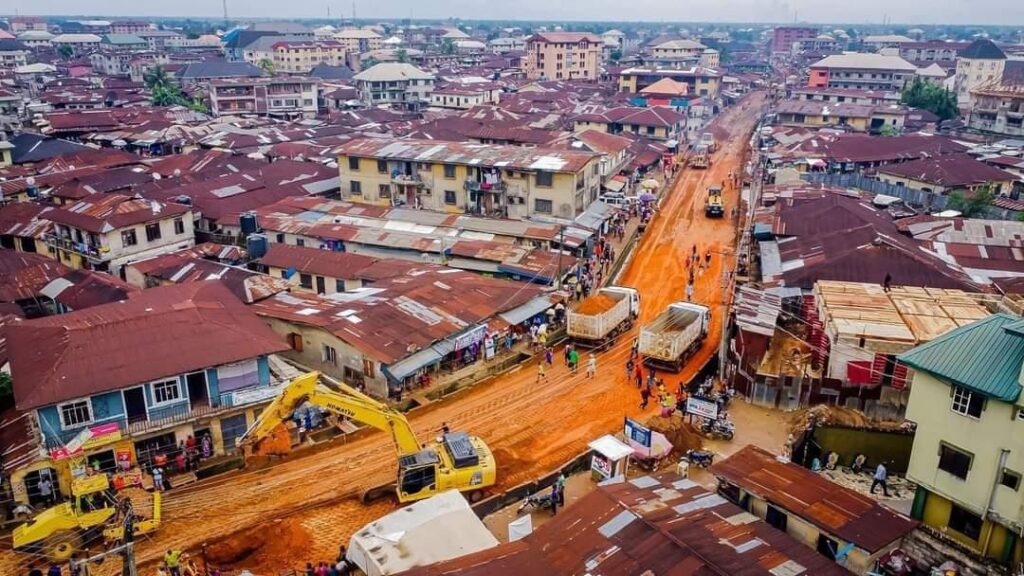
The Chief Executive Officer of Beijing Aiqi Technology Yang Zhang has revived the Chinese cultural practice of using the mortise and tenon technique for construction which is on the brink of extinction.
Zhang said the mortise and tenon technique, which was the primary construction method used in ancient Chinese architecture and represents the core of traditional Chinese woodworking, is gaining increasing recognition among the public due to China’s promotion of non-heritage and traditional culture.
“I recognized the declining use of mortise and tenon construction in modern society due to the prevalence of new materials and as Lead designer, I used the ancient mortise and tenon technique to construct the Turret of Palace Museum at a 1:81 miniature scale,
“ The exquisite restoration of the architectural masterpiece showcases the elegance and precision of the technique used by our ancestors and is a valuable tool for educating people about mortise and tenon technology.
“The choice of “Turret of Palace Museum” as the theme for the miniature building block project was based on several factors. Situated in the Forbidden City of Beijing, this architectural gem boasts the most intricate design and elegant shape among Chinese royal buildings. It was historically responsible for protecting the palace. The complex layout of the turret posed an unprecedented technical challenge for Zhang and his team of designers and developers. Unlike conventional building block toys, Zhang aimed to create a model made entirely of authentic mortise and tenon components.
“The theme selected for the miniature building block project was based on several factors. The Turret of the Palace Museum, situated in the Forbidden City and carrying 600 years of Chinese history, is an ancient building with profound cultural significance. As the most complex and beautiful turret in royal architecture, it functioned as a guardian of the palace, and its layout is intricate and sophisticated.
“Throughout the design process, the biggest challenge for our team was the technical difficulties posed by the varied, skillful, and directional construction of the turret, which is far from a simple patchwork. The final product comprises 715 mortise and tenon parts of 79 different types, including dovetails, straight mortises, backward mortises, through pins, riding mortises, hitching mortises, and T-tenons, among others.” Zhang said.
“The entire process of design took nearly five years, with hundreds of design iterations and continuous adjustments. Zhang’s team conducted extensive research, including data search and field investigation, to determine the product design concept.
“This involved considering the presentation form, the innovative or upgraded application of mortise and tenon technology, and how to incorporate cultural elements, among other factors. During the modeling process, the team created preliminary drafts and then subdivided them into smaller steps.
“They used design concepts such as misalignment, restriction, and avoidance to make specific connections between modules. To enhance the module design, the team incorporated modern technology. After completing the modeling phase, they carried out numerous verification and modification processes to ensure that the visual effects were accurate.”










